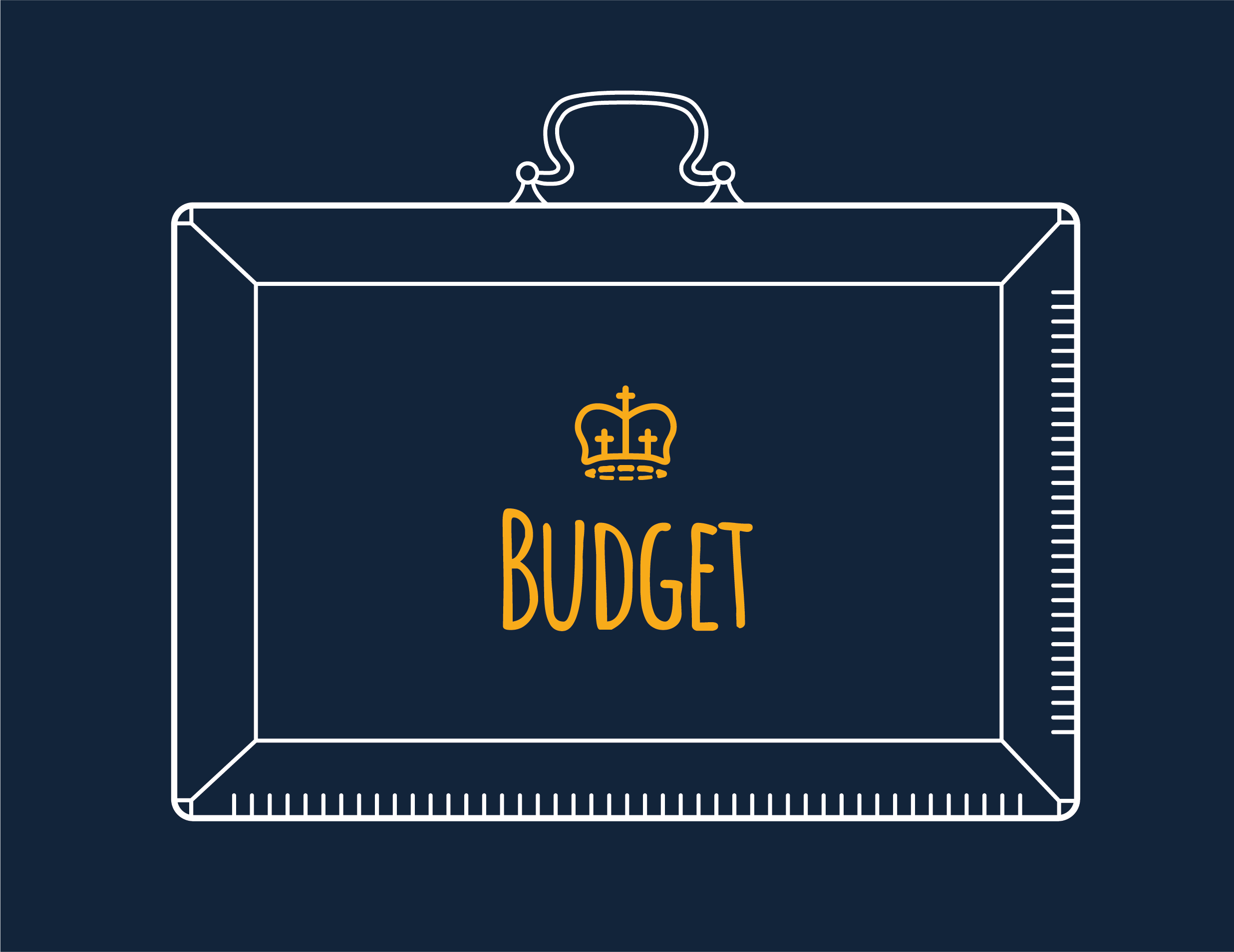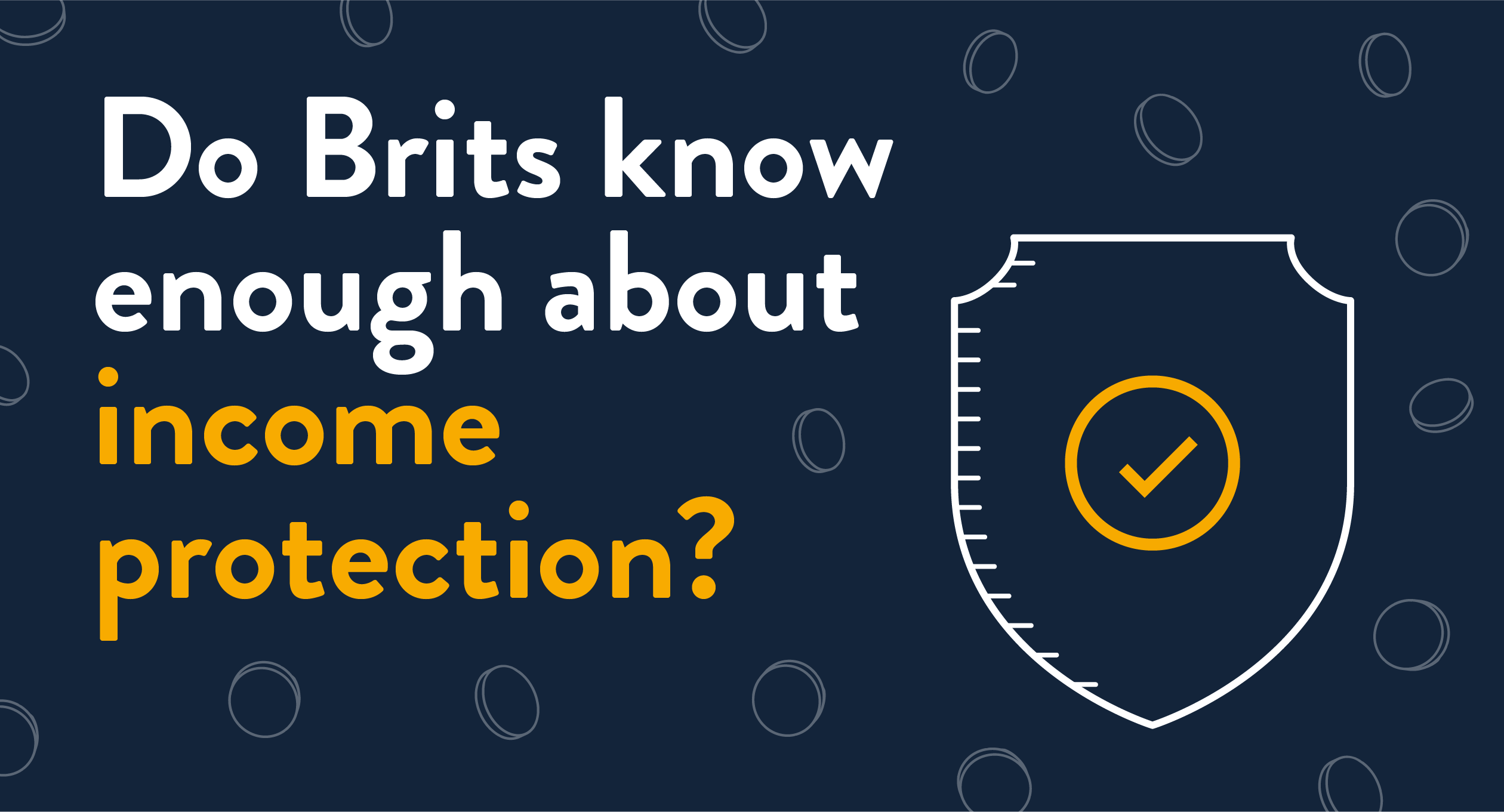
Savings are so much more than pennies in the bank. In fact, savings are linked to happiness. Conversely, debt is worryingly linked to poor mental health.
Savings provide an emergency buffer zone for when life is hard: through redundancy, unemployment, health issues, or simply a broken appliance. They are the barrier between you and debt. They are also there to bring enjoyment: to fund a holiday, a new wardrobe, or the deposit towards a new car or home.
However, in the UK we have got out of the habit of saving. The households saving ratio has most recently been published as just 5.9%. Whilst this represents an increase from 4% earlier in the year, the ratio stood at 9.7% as recently as 2015. So how do we get started with saving? Follow our 5 steps to get started with saving, and begin to enjoy the peace of mind they can bring.
1. Work out what you spend:
Yes, really. The first step to starting saving is to have a clear picture of what you spend. You need to know where your money goes. This means you need to record your expenses: using receipts, bank statements, and maybe even a handy spreadsheet to tally up exactly how much you spend every month on different things. That means your coffee and snack as well as your shopping and accommodation costs. Every penny matters.
Once you’ve got this information, it’s time to make sense of it. So organise it by categories such as accommodation, socialising and shopping. This allows you to truly see the state of your monthly outgoings and where you’re spending more than you need to.
2. Budget:
Once you’ve worked out what you spend now you can budget for what you could be spending. Look again at those categories – where can economies be made? Can you switch utility providers to get a better deal? Are you spending an extortionate amount at the fancy coffee shop when the staff canteen or a homemade brew would be cheaper?
However, do be realistic. Yes, your budget needs to sit comfortably within your income if you wish to save. However, it can’t be impossible to live within. You may need to make small changes once you’ve tried living within your budget for a couple of months to refine it to realistic figures.
3. Work out what you can save:
Your next step is to use your budget to ascertain what you can save. In fact, in your budget you should now create a category called ‘Savings’. Ideally, you should be aiming to save 10-15% of your income. Once you start to consider savings a regular and mandatory expense, your saving habits will form of their own accord.
It can be helpful at this stage to work out what you want to save for. This gives you motivation and goals to head for. Typically, you want to be considering a mixture of short- and longer-term savings goals. For example, a short-term goal may be to buy a dishwasher or have an emergency buffer, a medium-term goal may be to save for a holiday or to replace your windows, and a long-term goal may be to help your children with their first house deposit.
For each of your goals work out how much you need to save, and how much you can save each month. Bear in mind you may have to set priorities at this stage.
4. Choose your tools:
The savvy saver has selected their tools carefully – by this we mean having the right accounts and making use of standing orders to make regular investments. For example, your long-term savings that need to be accessible instantly in an emergency are best suited to a long-term savings account, which you’re not planning to access for maybe 15-20 years.
You also need to choose the savings products that offer you the best return on the money you put away. This means making sure you take advantage of any tax-free savings accounts.
Your first port of call may be a product like our Investment ISA. This is a tax-efficient way of saving for your future.
5. Watch your savings grow:
If you’ve heard the saying, ‘money makes money’ you’ll understand what it’s like to watch savings grow. They bring security and motivation together – and it’s really not that hard to get started. Don’t keep putting it off. Get started today and encourage your love ones to start saving too.


